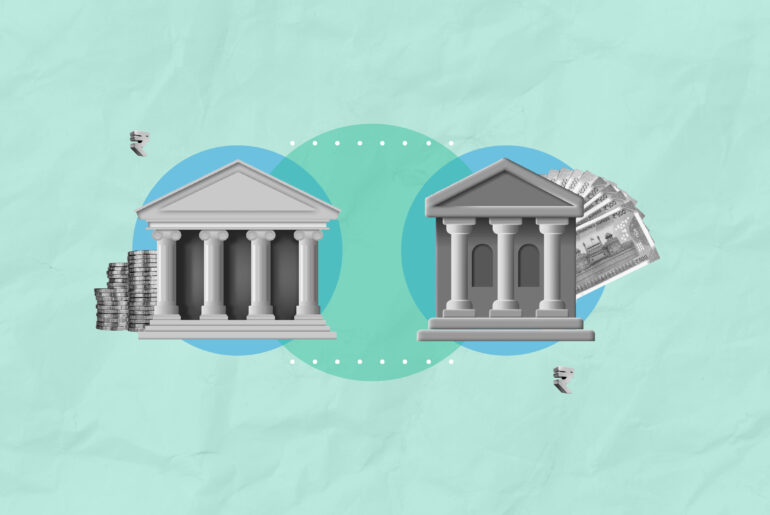Last Updated on Jun 9, 2022 by Neera Bhardwaj
Only 40 days later, the RBI hiked the repo rate by 50 basis points (bps) to 4.9% to battle excessive inflation.
As a result, EMIs, cost of home, automobile, and personal loans will rise. But how does this affect you, and how soon will the repo rate hike next? Let’s look into this.
Table of Contents
What does the rate hike indicate?
The repo rate is the interest rate at which the RBI lends money to commercial banks during a cash constraint. Monetary authorities use the repo rate to keep inflation under control.
The current repo rate increase follows a 40 bps increase in May. This will force banks and non-bank financing companies to hike repo-linked lending rates and minimum cost of funds-based lending rates (MCLR). It is critical to note that as the repo rate rises, so will the cost of funds for banks. As a result, existing borrowers’ EMIs will increase more. According to The Economic Times, you may pay Rs 55 extra for every lakh rupee loan in EMI!
Will interest rates continue to rise?
The central bank will likely focus on interest rate hikes in the coming months due to a relatively brief tightening cycle to control inflation. With inflation above 6% (the upper limit of the tolerance band) and growth remaining robust, economists predicted that the RBI’s policy committee would raise the policy repo rate by 40 bps in June and another 35 bps in August. The essential point is that the RBI Monetary Policy Committee (MPC) is expected to depart ultra-accommodation by August and return the policy repo rate to its pre-pandemic level of 5.15%.
According to a Bank of America Securities study, “the RBI MPC is likely to maintain an accommodative stance while focusing on withdrawal of accommodation. If inflation remains high, we can expect the RBI MPC to raise the policy repo rate to 5.65% by March 2023.”
Impact of RBI’s repo rate hike by 50 bps
- Deposits: Banks will have to raise deposit rates in the following months. Many banks have already raised deposit rates after the RBI boosted repo rates by 40 bps in May.
- Growth rate: The RBI’s policy committee has maintained India’s GDP forecast of 7.2%. On 31 May 2022, the National Statistical Organisation forecasted that India’s GDP for 2021-2022 would be 8.7%. However, spillovers from protracted geopolitical tensions, rising commodity prices, ongoing supply constraints, and tightening global financial conditions outweigh the prognosis, according to RBI Governor Shaktikanta Das.
- Inflation: According to the MPC, inflation is anticipated to stay over the upper tolerance level of 6% in the first three quarters of 2022-23. This indicates that the RBI will take additional rate action. As per RBI’s governor, Shaktikanta Das, “inflation is now expected to be 6.7% in 2022-23”, which remains a worry.
- Volatility: According to the MPC, the tight global geopolitical situation, as well as the resulting high commodity prices, add significant uncertainty to the domestic inflation outlook. The recovery in domestic economic activity is gaining traction. As per the MPC, rural consumption should gain from the predicted normal southwest monsoon and an increase in agricultural prospects.
Overview
As emerging market economies (EMEs) grappled with increased market volatility, the RBI has reoriented and recalibrated its monetary policies. The turmoil in Europe also continues, exacerbating existing supply chain difficulties that are not restricted to India. Globally, countries are experiencing decadal-high inflation and chronic demand-supply mismatches. As a result of the war, inflation has been globalised.
But how far will this have an impact? Stay tuned to Blog by Tickertape to find out more.
- Select Stocks With Analyst Ratings Filters - Jun 15, 2023
- ITC’s Report Card Is Here! - Jun 8, 2023
- Top 10 Most Popular Stocks on Tickertape - Jun 2, 2023





